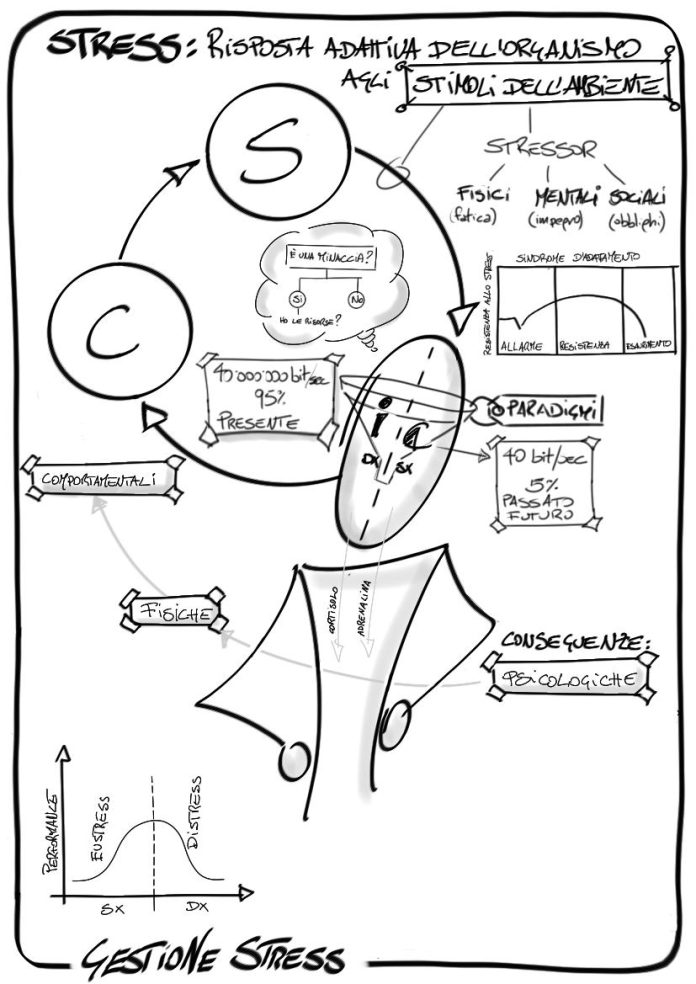In the bustling corridors of modern workplaces, stress often lurks in the shadows, waiting to pounce on the unsuspecting. It’s a silent companion to deadlines, meetings, and emails, whispering chaos into even the most organized minds. But what if there were ways to tame this beast without feeling overwhelmed? This article explores practical tips for managing stress at work, offering a pathway to balance and clarity amid the noise. Whether you’re navigating the demands of a high-stakes project or simply trying to make it through a hectic day, these strategies can help you reclaim your calm and thrive in your professional environment.
Identifying Stress Triggers in Your Work Environment
Understanding what sparks stress in your workplace is essential for maintaining your well-being. Begin by observing your daily routine and interactions. Common triggers might include:
- High Workload: Juggling too many tasks at once can lead to feelings of being overwhelmed.
- Interpersonal Conflicts: Tensions with colleagues can create a stressful atmosphere.
- Unclear Expectations: Lack of clarity in your role or tasks can cause anxiety.
- Environmental Factors: Noise, lighting, and workspace layout can impact your stress levels.
Once you’ve identified these triggers, you can start developing strategies to manage them effectively. This might involve prioritizing tasks, setting boundaries, or seeking support from management. By addressing these elements, you can create a more harmonious work environment.
 Mindful Breaks: Techniques to Recharge During the Day”>
Mindful Breaks: Techniques to Recharge During the Day”>
Mindful Breaks: Techniques to Recharge During the Day
Incorporating short, intentional pauses into your workday can significantly enhance productivity and reduce stress. Here are some effective techniques to help you recharge:
- Deep Breathing Exercises: Take a few minutes to focus on your breath. Inhale deeply through your nose, hold for a few seconds, and exhale slowly through your mouth. This simple practice can calm your mind and improve focus.
- Stretching Routine: Stand up and stretch your body. Focus on areas that feel tense, such as your neck, shoulders, and back. Gentle stretches can release physical tension and invigorate your energy levels.
- Mindful Walking: Step away from your desk for a short walk, paying attention to the sensation of each step. This practice helps clear your mind and reconnect with the present moment.
- Gratitude Reflection: Take a few moments to jot down things you are grateful for. Shifting focus to positivity can uplift your mood and provide a fresh perspective.
These mindful breaks can be seamlessly integrated into your routine, offering a powerful antidote to stress and helping you maintain balance throughout the day.
 Supportive Network with Colleagues”>
Supportive Network with Colleagues”>
Building a Supportive Network with Colleagues
Creating a network of supportive colleagues can be a powerful way to manage stress effectively. Establishing these connections not only provides emotional support but also fosters a collaborative environment where ideas and resources are shared. Here are some ways to cultivate a strong network:
- Engage in Open Communication: Regularly communicate with your colleagues. This doesn’t mean only discussing work-related matters; share personal stories or challenges to build a deeper connection.
- Offer Help and Seek Support: Be proactive in offering assistance when you notice someone struggling. Likewise, don’t hesitate to reach out for help when you need it. This reciprocal support strengthens bonds.
- Participate in Team Activities: Join team lunches, outings, or virtual hangouts. These informal settings can foster camaraderie and reduce stress by creating a sense of belonging.
- Be a Good Listener: Sometimes, all someone needs is a sympathetic ear. Being present and attentive can go a long way in building trust and mutual respect.
By fostering a network of supportive colleagues, you create a resilient buffer against workplace stress, transforming challenges into opportunities for growth and collaboration.

Balancing Workload: Strategies for Effective Task Management
Finding the sweet spot between productivity and burnout can be challenging, but with the right strategies, it’s achievable. One effective approach is to prioritize tasks based on urgency and importance. Consider using a matrix to categorize tasks into four quadrants: urgent and important, important but not urgent, urgent but not important, and neither. This method helps in visualizing what truly requires immediate attention and what can be scheduled for later, reducing the mental clutter.
- Break tasks into smaller steps: Tackling large projects can be daunting. Divide them into manageable parts to make progress feel more achievable.
- Utilize time-blocking: Dedicate specific blocks of time to different activities. This can prevent multitasking, allowing you to focus on one task at a time.
- Set realistic goals: Be honest about what you can accomplish in a day. Overloading your schedule can lead to unnecessary stress.
- Embrace flexibility: Allow room for unexpected tasks. Being adaptable can help you stay calm when things don’t go as planned.
Implementing these strategies can not only enhance productivity but also create a more balanced work environment, ensuring that stress doesn’t overshadow your achievements.





